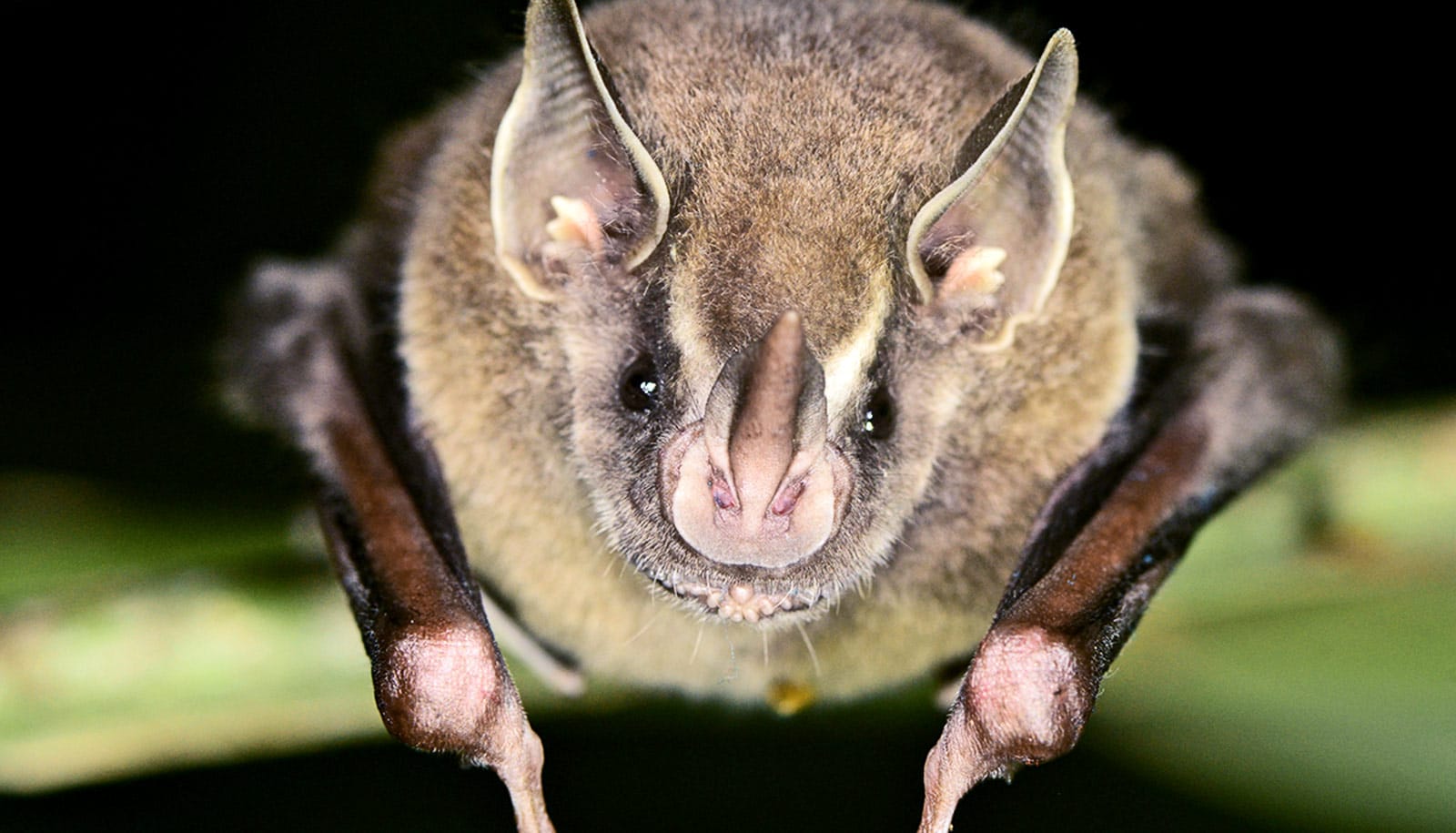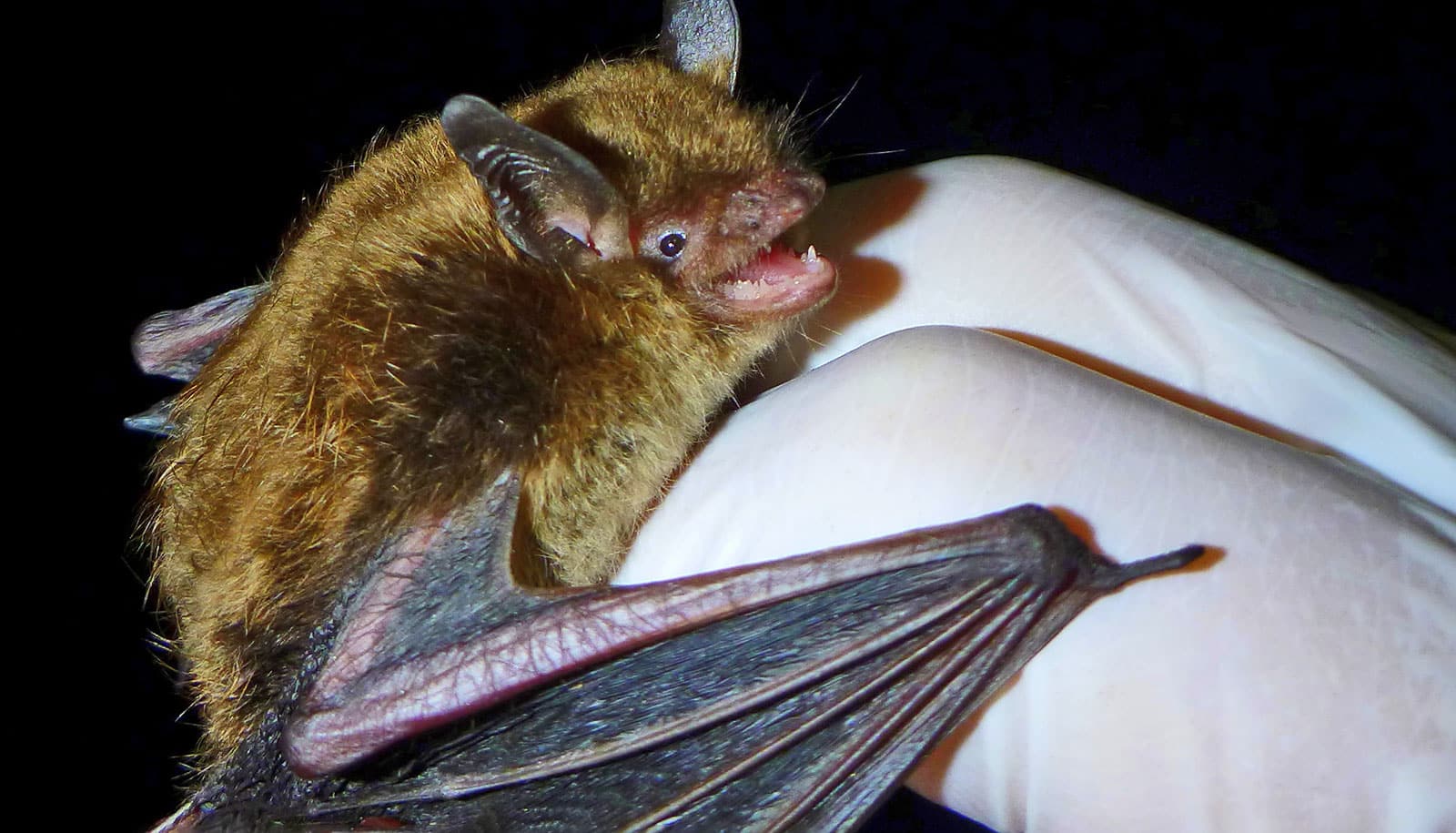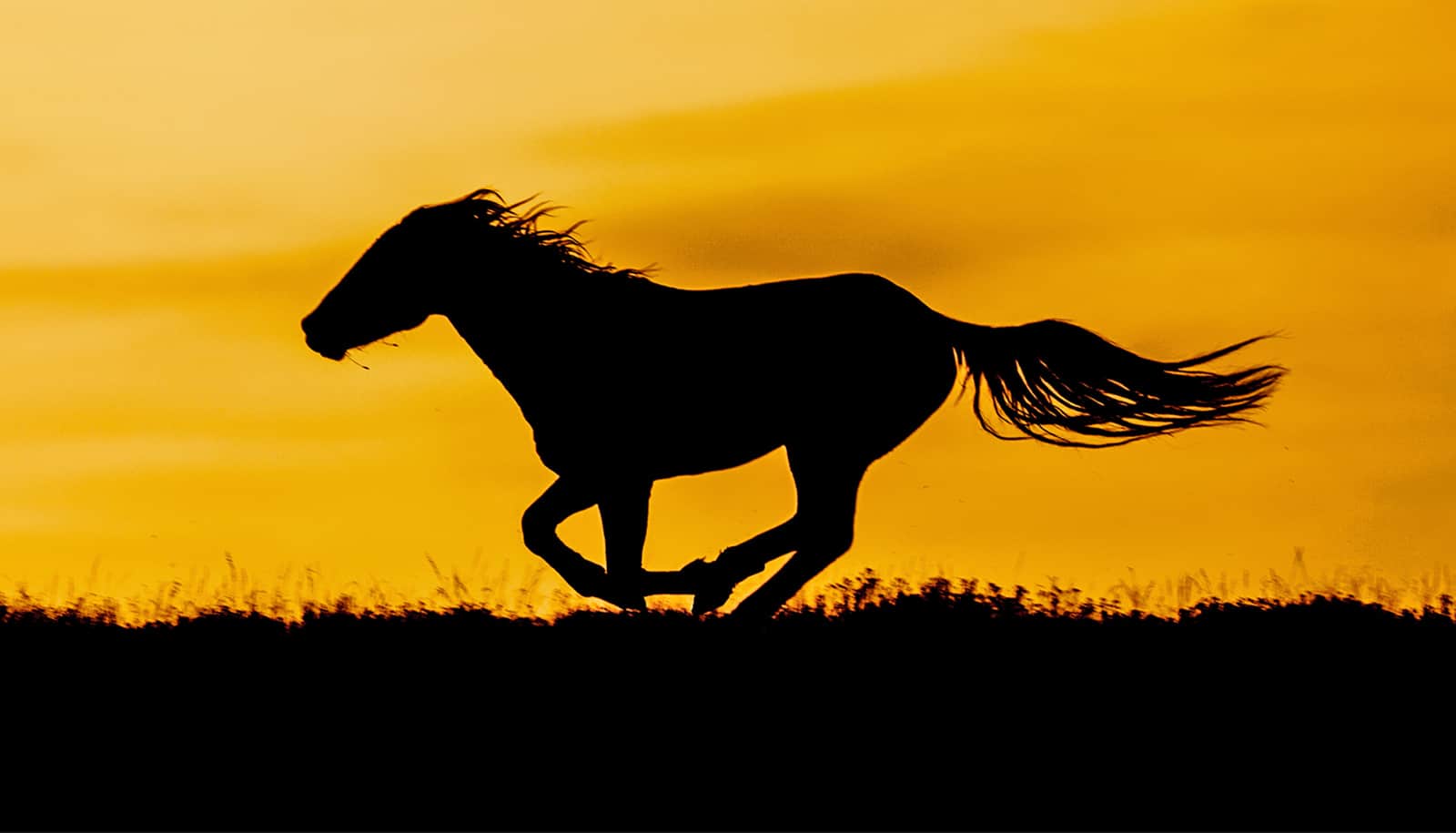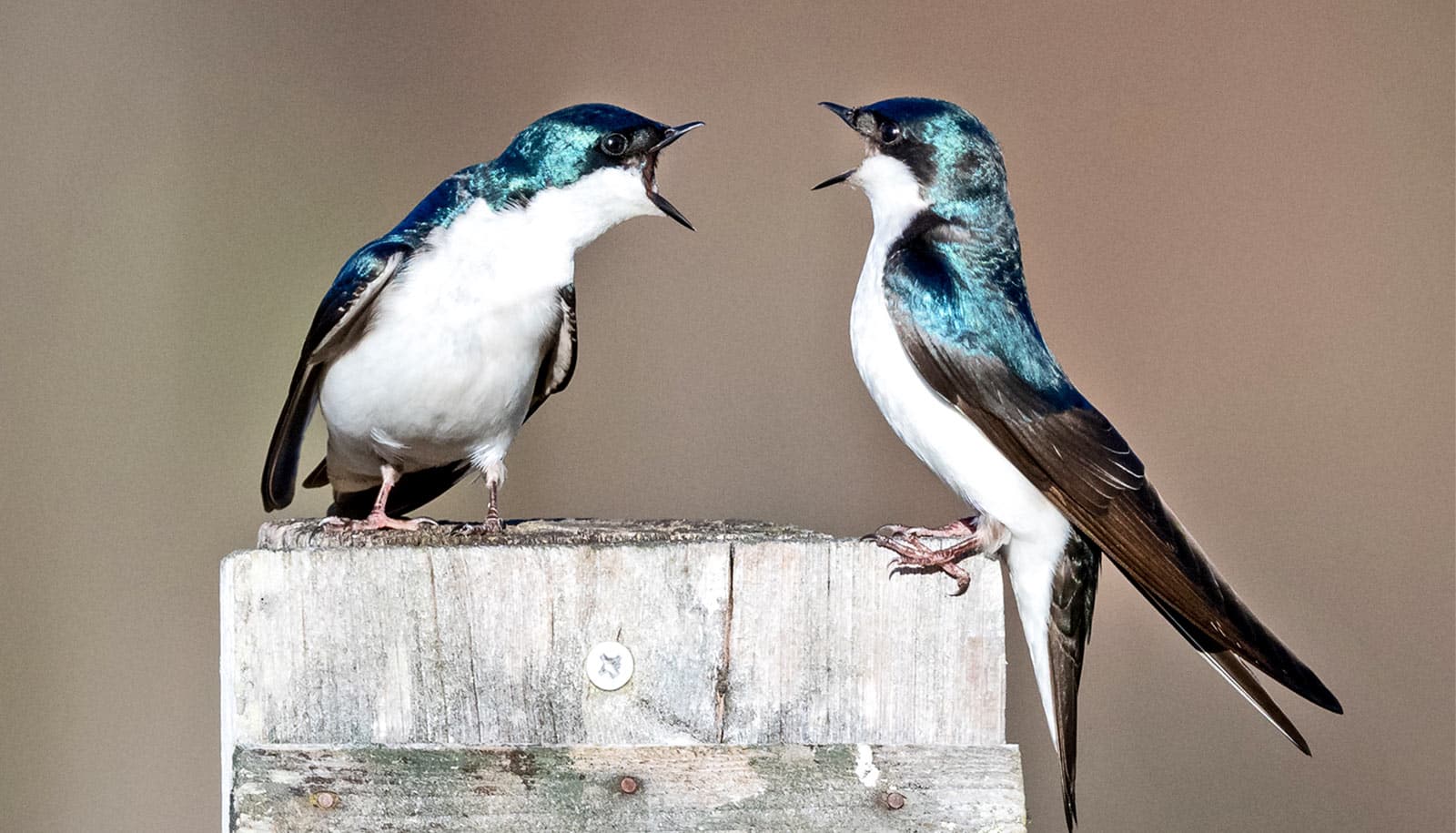Omnivorous New World noctilionoid bats, whose diets include both plant and animal materials, produce more generations in the long run than specialized vegetarian or insectivorous species, a new study indicates.
Past research has shown that when species evolve from being a predator or insectivore to being a vegetarian, the rate at which new species arise increases.
Study coauthor Liliana Dávalos, a professor in the ecology and evolution department at Stony Brook University, and colleagues examined the rate at which new species arise, as well as the rate of change for diet across the evolutionary history of more than a hundred species of these bats.
They found that adding plants to the diet increased rates of new species formation. The fastest rates of species formation corresponded to lineages that fed mostly—but not exclusively on plant products—or fed on many different types of products such a fruit, nectar, and pollen.
Conversely, when the bats specialized on a single plant product new species formation decreased.
Bird genes confirm hunch about new species
“These bats illustrate that being a generalist herbivore or a modestly insectivorous omnivore is a boon, perhaps because it is a form of insurance against erratic or unpredictable plant blooming or fruiting schedules,” says Dávalos.
The survival lesson: Omnivory that includes a wide variety of plant materials improves chances for survival and evolution.
The researchers report their findings in the journal Ecology Letters.
Partial funding came from the National Science Foundation.
Source: Stony Brook University



